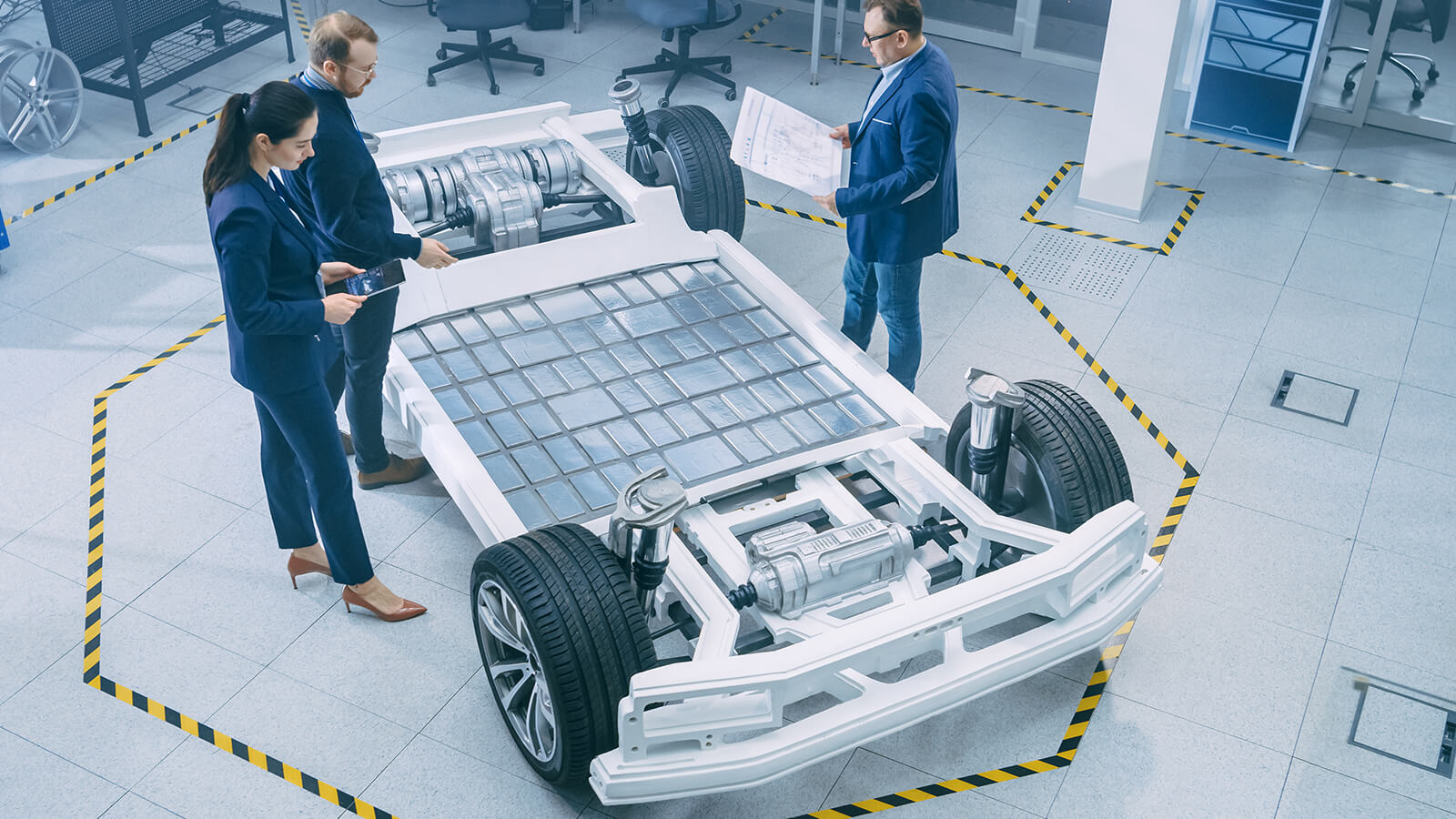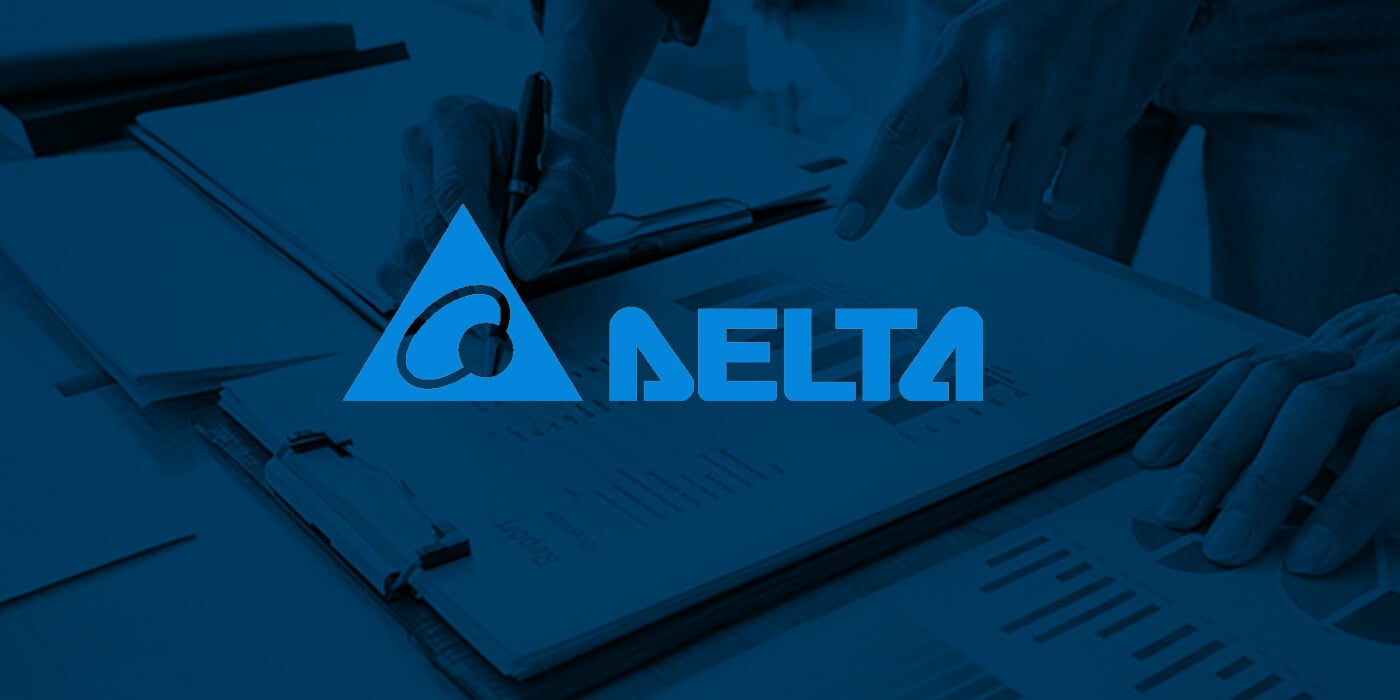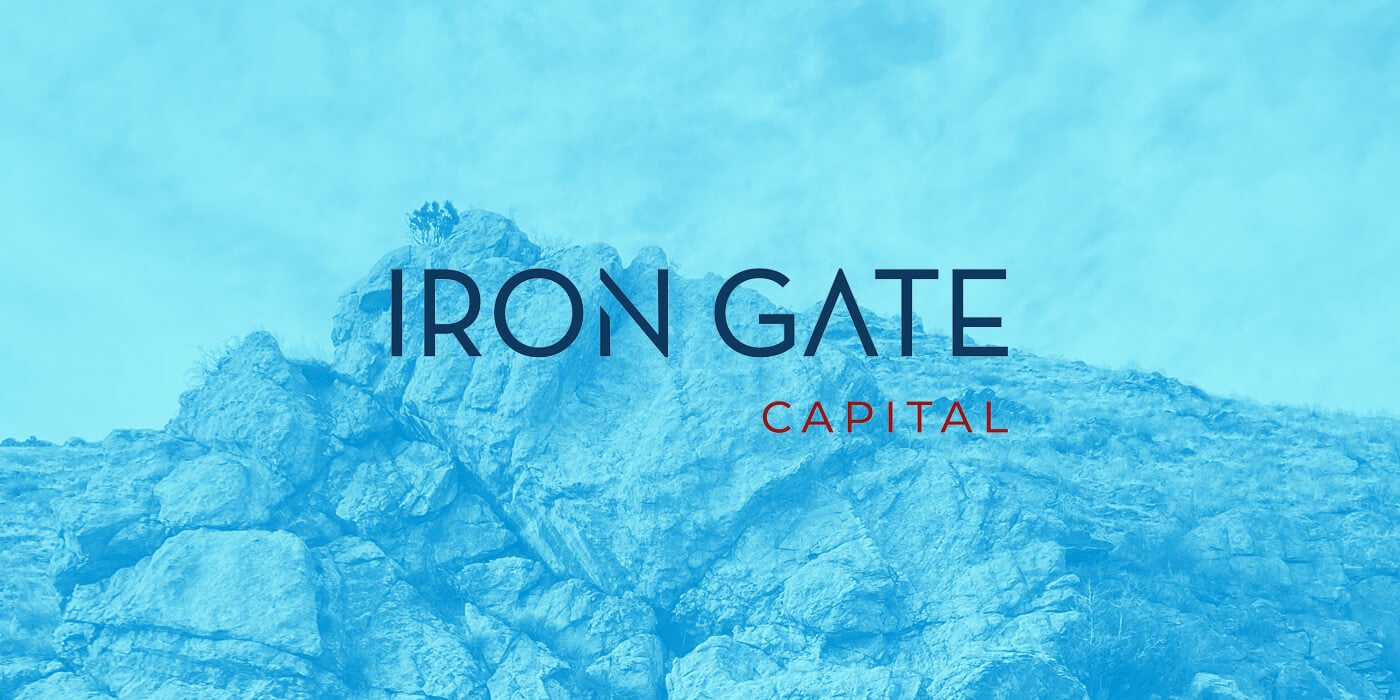For nearly 13 years, I've had the opportunity to represent HZO at the Consumer Electronics Show (CES) every year in Las Vegas. Whether it was doing interviews (when I was apparently a child), or showcasing TVs underwater with HZO Protection, HZO has always had a presence at the event to share how we can help protect any of the products unveiled at the show from harsh environments.
While some can't think of anything worse than being in Vegas for a week with hundreds of thousands of people staring at shiny objects that may never be released, I professionally and personally love this event to check out the latest technology brought together and unveiled in the desert of Nevada.
This year, while busy at our booth in South 3 showcasing a Raspberry Pi underwater to interested attendees, I managed to break away to walk the (many) show floors to see the latest and greatest that CES had to offer. Here's just a few of the trends I noticed.
AI, AI, AI
 Just the Beginning
Just the Beginning
Yes, Artificial Intelligence (AI) is everywhere today, and CES, the world's largest technology tradeshow, certainly isn't the exception. Since a brand can only steal an attendee's attention for a few seconds, it's hard to really see and appreciate any AI baked into a piece of hardware, but that doesn't mean companies didn't try.
Whether in smartglasses, robots, kitchen appliances, or fitness devices, AI will likely continue to enter the products you use every day to (hopefully) make them smarter, more efficient, and user friendly.
What is running the AI though? The answer is software and hardware and NVIDIA seems to be leading the charge on both fronts, winning the official Best of CES 2025 award.
The Robots are Coming
 Sit. Good robot.
Sit. Good robot.
Robots have always seemed to be part of the vision of the future, and exhibitors at CES did their best to convince you that the future is now. Walking robots, purse robots, cute robots, creepy robots, pool robots, robots that pick up your socks, and so, so much more.
Some went the route of what I'll call 'traditional' robots. Humanoid shapes that move, walk, and interact with the world around them, even shaking hands.
Meet and Greet at Old World Labs Booth
Old World Labs showcased their robot, which did all of the above and more. This was impressive because as of a few years ago, this sort of technology seemed to be only found in large companies like Boston Dynamics or Honda's Asimo, but it could now be found in several obscure booths around the event.
Other companies seem to be seeking to bypass the 'robot' vibe altogether and get as close to human replication as they can. One such company is Realbotix, which is creating lifelike robots with the goal of assisting in markets such as media and entertainment, corporate services, health care, and companionship. In the picture below, the robot moved its eyes to make direct eye contact with me, possibly looking into my soul. May I help you?
May I help you?
Smart? Glasses
 Big Smart Glasses is Watching
Big Smart Glasses is Watching
Like robotics, I was surprised to see how many AR/VR glasses by lesser-known brands were scattered throughout the event. The definition of smart glasses is mixed. Some promise to augment your life by projecting content on your lenses or analyzing what you're looking at through the lens of AI, while others simply offer built-in audio capabilities or lens color-changing functionality.
Ray Ban's Meta glasses seem to be a leader in the market now, but if CES 2025 is any indicator, many companies are hoping to have a piece of the pie. One company that stood out to me was Halliday. These glasses promise AI on board for meeting notes or questions and a built in projector for a teleprompter, notifications, or directions displayed on the lenses. What is most intriguing is the design which at first glance, looks like normal glasses, as well as a launch day price of $369.
The Resurgence of E Ink...Sort Of
 Image: PocketBook
Image: PocketBook
When people hear E Ink, they immediately think of their eReader that is likely gathering dust at home. The truth is, E Ink (or ePaper) has progressed a lot the past few years, including color options, and has found its way into interesting applications.
First up is the TCL 60 XE NxtPaper 5G. It would be easy to pass by this phone among the sea of screens at the event, but this product has a unique switch that promises to improve the reading experience and battery life of the device. How? Toggle the switch on the side and the colorful screen slowly fades away, revealing a E Ink style screen that promises to be easier on the eyes and week long battery life when in 'Max Ink Mode'.
 Look Ma, no color.
Look Ma, no color.
I will preface, that although it looks like E Ink, the display is not the technology we know and love, but does give a similar benefit of easy to read and preservation of power.
Pocketbook, an eReader company that has worked with HZO to protect their eReaders in the past, launched InkPoster, a 31.5" digital poster that showcases color E Ink, allowing you to display – and swap, vibrant art in your home with a year long battery life.
Until Next Year
 HZO CES Crew: Ryan Moore (author), James Tosh, and Joseph Juan
HZO CES Crew: Ryan Moore (author), James Tosh, and Joseph Juan
I just scratched the surface of all the tech that was debuted at CES 2025. One thing I've noticed over the years of attending though is just how much the definition of 'consumer electronics' has expanded. The products we use every day are becoming electrified, smarter, faster, smaller, and changing the way we live, and where we experience them. That's one of the reasons we attend CES every year, to help exhibitors and attendees alike know that they can push the boundaries of innovation even more without the threat of harsh environments. See you in Vegas in 2026.




















